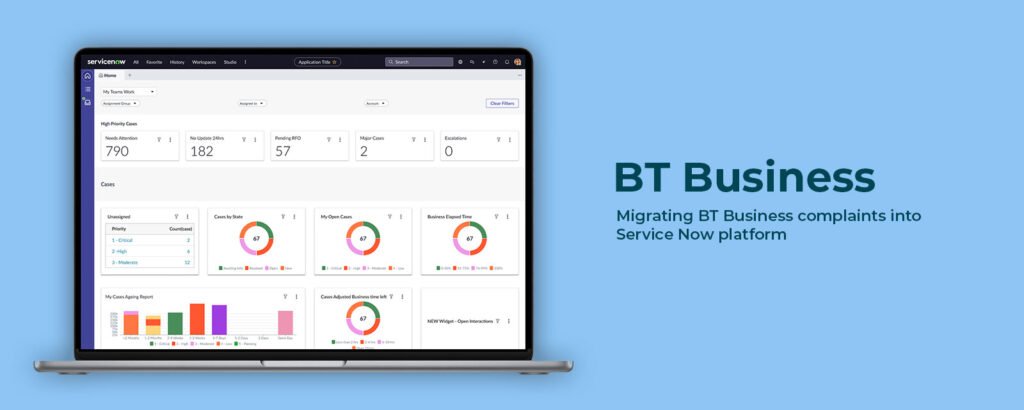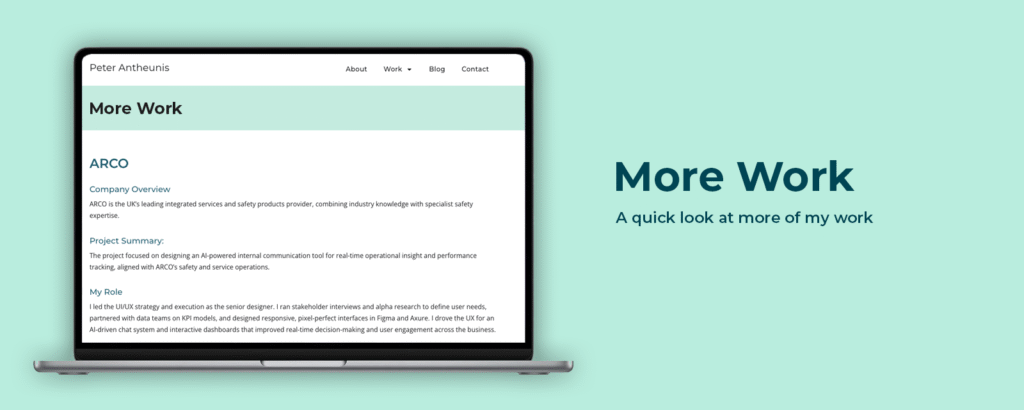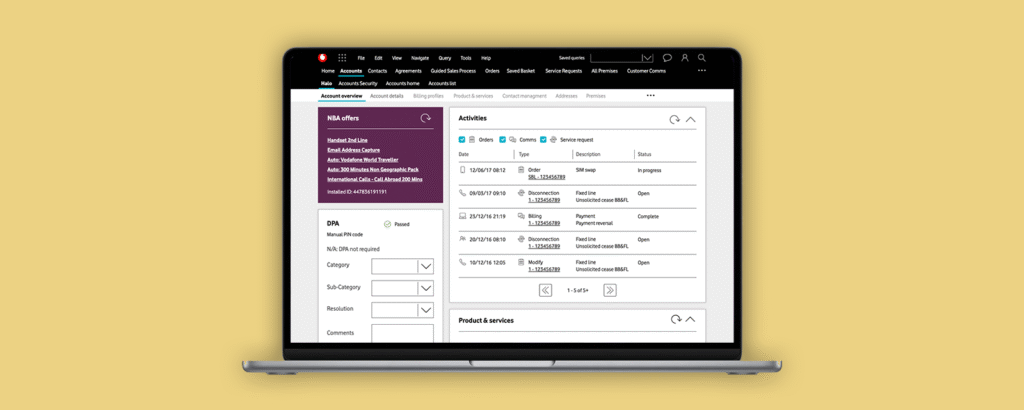
Vodafone Trade-In Integration
A greenfield UX/UI integration embedding third-party phone diagnostics into Vodafone’s global ordering platform delivered remotely, shipped under budget, and designed to scale.
Overview
Vodafone needed to embed a third-party phone trade-in system into its existing global ordering flow. Customers would connect their phones via USB, upload images, and trigger a remote digital health check generating a live quote they could use online, in-store, or via call centers.
I led the full UX/UI design across this greenfield integration—delivering a seamless customer journey and an intuitive agent interface inside an already complex enterprise environment. We built it fully remotely, under strict Agile process, and finished £100,000 under budget.
Background
Vodafone is one of the world’s largest telecom providers, operating in 22 countries and partnering in over 40 more. Their global ordering system supports retail stores, call centers, and online journeys and any change must respect strict logic and infrastructure dependencies.
I joined as Lead UX/UI Designer in March 2020 to drive a brand-new Trade-In integration. Three weeks later, COVID forced a full shift to remote work. I took end-to-end UX ownership—partnering with a Scrum Master, offshore Accenture dev team in India, and stakeholders across the UK.
The Process
We worked in tight two-week Agile sprints, with a delivery cadence tailored for global collaboration. I embedded UX into this rhythm driving clarity, iteration speed, and developer alignment across time zones.
Sprint Breakdown
Sprint Planning: Scoped UX deliverables with the Scrum Master and BAs, broke features into tested flows, and ensured developer-ready requirements.
Daily Stand-Ups: Core 9 AM UK stand-up and a voluntary 4 PM sync adopted by Accenture devs this doubled delivery velocity.
Mid-Sprint Refinement: Reviewed flows with stakeholders and product owners to lock logic early and avoid rework.
UX QA & Retro: Conducted QA on staging builds and flagged visual/interaction issues for in-sprint fixes.
Understanding the Problem
This wasn’t about fixing a broken flow, it was a greenfield integration inside a rigid, enterprise-grade system.
Customers had no easy way to get accurate phone valuations or apply trade-in quotes. The third-party partner offered more than just image uploads: users connected their phone via USB, and the system performed a digital health check, pulling diagnostic data and returning a real-time valuation.
The challenge? Vodafone’s ordering platform had no native space for this journey. Agents needed to apply trade-in values in real time, with no disruptions or additional training.
Our goal:
Let customers start trade-ins from their devices
Let agents retrieve and apply trade-in values using a reference code
Integrate deeply without disrupting existing flows or logic
Gathering Insights
Since no Alpha research phase existed, I ran a fast discovery sprint to define experience parameters and design constraints.
Axure System Recreation: Rebuilt Vodafone’s entire ordering UI in Axure Pro 9 using legacy PDFs to simulate real world agent flows.
Stakeholder Interviews: Mapped logic and system constraints with product owners, engineers, and analysts.
Agent Workflow Simulation: Worked with BAs to simulate trade-in scenarios across both retail and call center environments.
Benchmarking: Reviewed trade-in flows from EE, O2, and Carphone Warehouse to align with user expectations.
These insights guided us to design a low-friction, high-reuse flow, requiring no extra training, minimal UI disruption, and maximum flexibility.
Narrowing down the Scope of Work
We scoped the MVP around three essential use cases:
Customer Trade-In Flow: Customer connects device via USB, uploads images, and runs remote diagnostics to generate a quote.
Agent Quote Application: Agent retrieves the trade-in quote via reference number and applies it during the order process.
Flexible Value Usage: The trade-in credit could be used for:
BACS payout
Discount on monthly contracts
PAYG deals
Broadband service discounts
Reductions on existing bills
Tooling & Documentation
Axure Pro 9 for full interaction prototyping, hover logic, and screen simulation.
Confluence as the source of truth for UX documentation:
Every screen upload included annotated walkthroughs
All newly created components added to a Shared Widget Library for reuse
Linked Axure URLs embedded alongside Jira tickets and stakeholder notes
Validating the Designs
Stakeholder Walkthroughs:
I ran live Axure demos with product owners, tech leads, and compliance to collect fast feedback on layout, field behavior, and flow clarity. Changes were logged and updated in Confluence the same day.
Agent Feedback:
I coordinated testing through internal trainers and BAs, who reviewed flows with live agents across retail and call center channels.
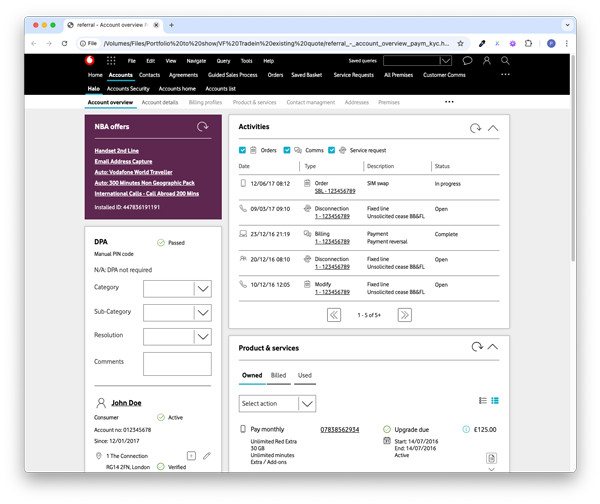
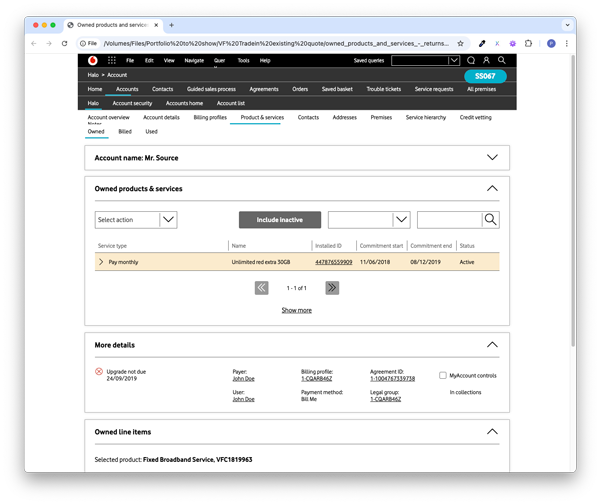
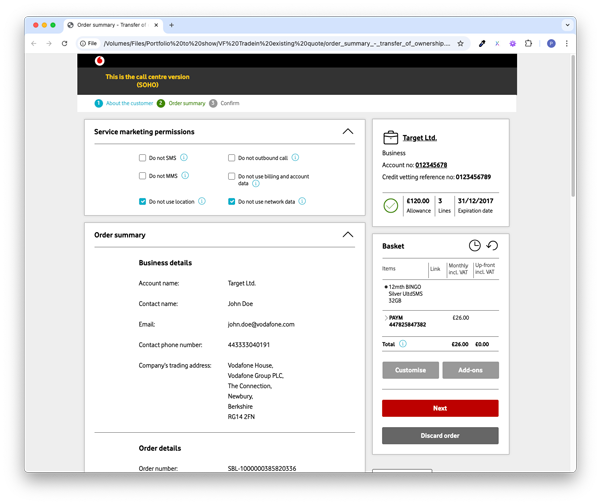
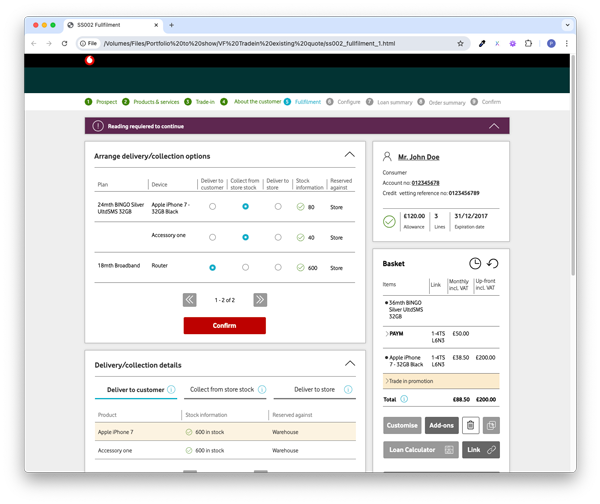
Key Outcomes:
Trade-in application time dropped to under 10 seconds
Agents could use the feature with zero retraining
Quote integration worked across all product bundles
Stakeholders praised the rollout for speed, clarity, and simplicity
Developing the Designs
I worked daily with the offshore Accenture dev team to ensure design clarity, system behavior, and real-time support.
Delivery Standards:
Interactive Axure Files: All screens had working logic paths, inputs, and success/error states.
Confluence Documentation: All updates, annotations, and screen states were versioned and centrally stored.
Component Library Maintenance: New components were tagged and added to the Widget Library for downstream reuse.
Daily Dev Syncs: I participated in live walkthroughs with developers to clarify edge cases and review build accuracy.
Results and Takeaways
We delivered the full trade-in system £100,000 under budget, fully remote, and with zero delays. It’s now live in Vodafone’s global ordering platform, used by call center and retail agents across multiple markets.
What I Learned:
High-fidelity prototyping (Axure) accelerates buy-in and reduces rework
Maintaining a clear design-to-dev pipeline (via Confluence) removes ambiguity
Supporting offshore teams with flexible delivery windows increases velocity
Seamless UX isn’t about adding features it’s about removing friction
This wasn’t just a feature integration – it was a transformation in how Vodafone agents deliver value, faster and with less effort.
More projects
